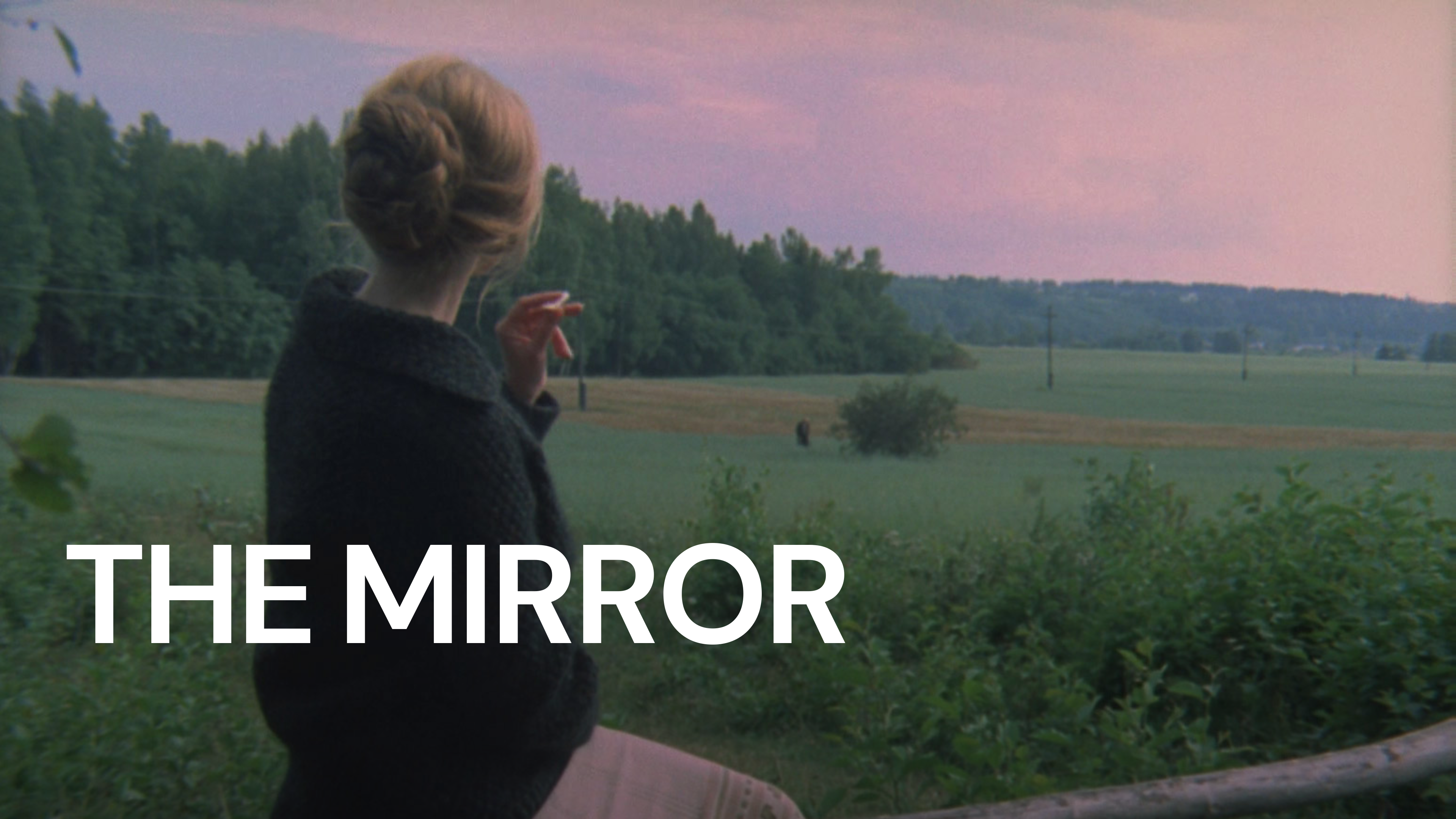modelcampusa.com – Released in 1975, “The Mirror” stands as one of Andrei Tarkovsky’s most acclaimed works, renowned for its poetic and unconventional narrative structure. This Soviet experimental drama film is a deeply autobiographical piece, reflecting Tarkovsky’s own memories and experiences.
Plot and Structure
“The Mirror” does not follow a traditional linear storyline. Instead, it weaves together fragmented memories, dreams, and historical reflections that span a thirty-year period. This montage of personal and collective history is narrated by an unseen protagonist, offering glimpses into his childhood, adulthood, and the broader socio-political landscape of Russia.
Themes and Analysis
The film explores themes such as memory, identity, and the passage of time. Tarkovsky’s use of dreamlike sequences and non-linear editing invites viewers to delve into the subconscious and the ethereal nature of memory. “The Mirror” is a meditation on the human condition, emphasizing the interconnectedness of personal and historical narratives.
Cinematic Techniques
Tarkovsky’s distinctive cinematic style is evident throughout “The Mirror.” His use of long takes, slow pacing, and meticulous attention to visual composition creates an immersive viewing experience. The film’s stunning cinematography and evocative use of music and sound contribute to its contemplative atmosphere.
Impact and Legacy
Though initially received with mixed reviews, “The Mirror” has gained recognition as a seminal work in world cinema. It challenges conventional storytelling and invites audiences to engage with film as a medium for existential exploration. Tarkovsky’s influence can be seen in the works of many contemporary filmmakers who admire his artistic vision and narrative innovation.
Conclusion
“The Mirror” is a film that defies easy categorization. It stands as a testament to Andrei Tarkovsky’s genius, offering a profound reflection on life, memory, and the ineffable nature of human experience. Its enduring impact continues to inspire and challenge audiences, cementing its place in the pantheon of cinematic masterpieces.
